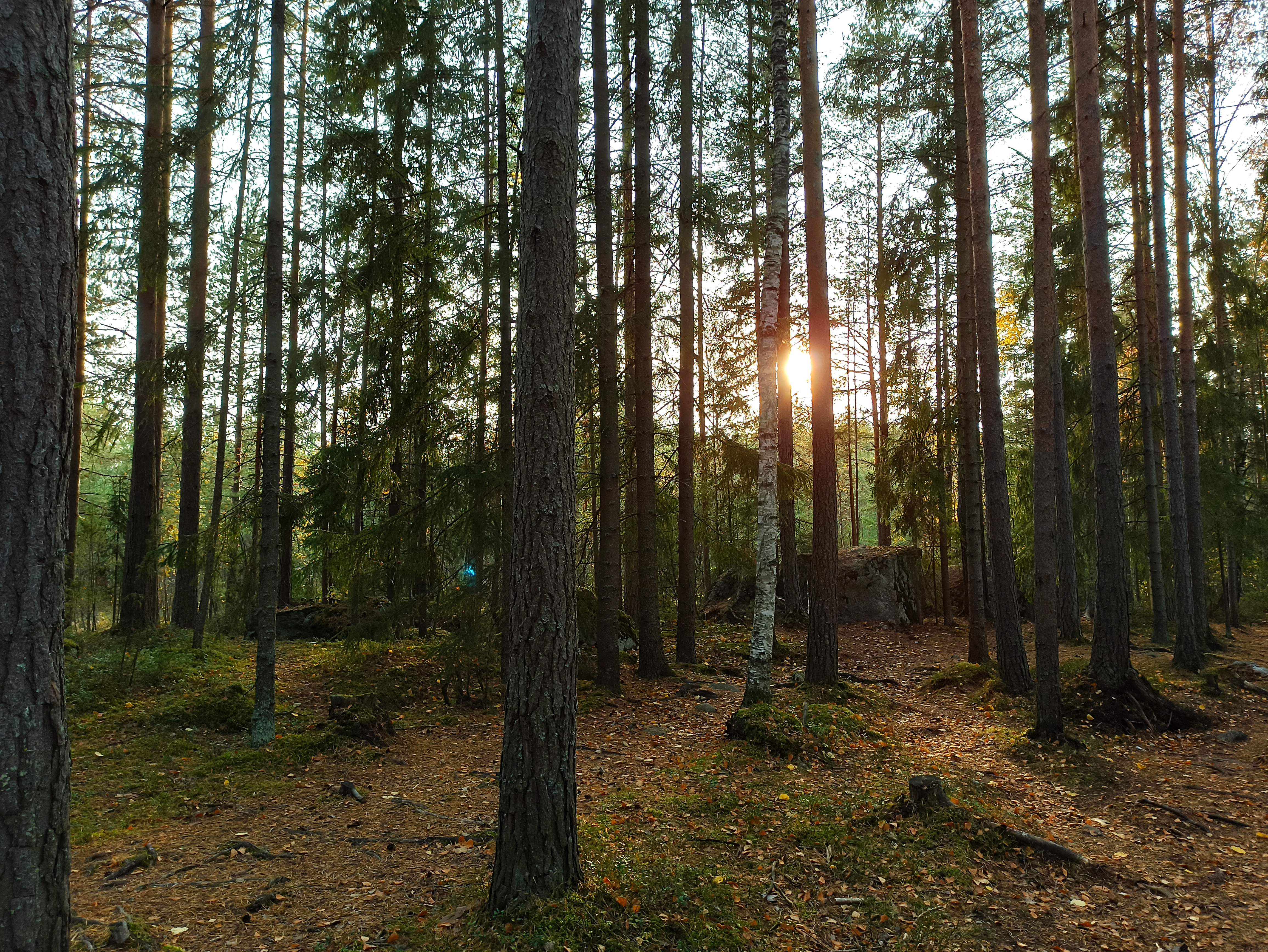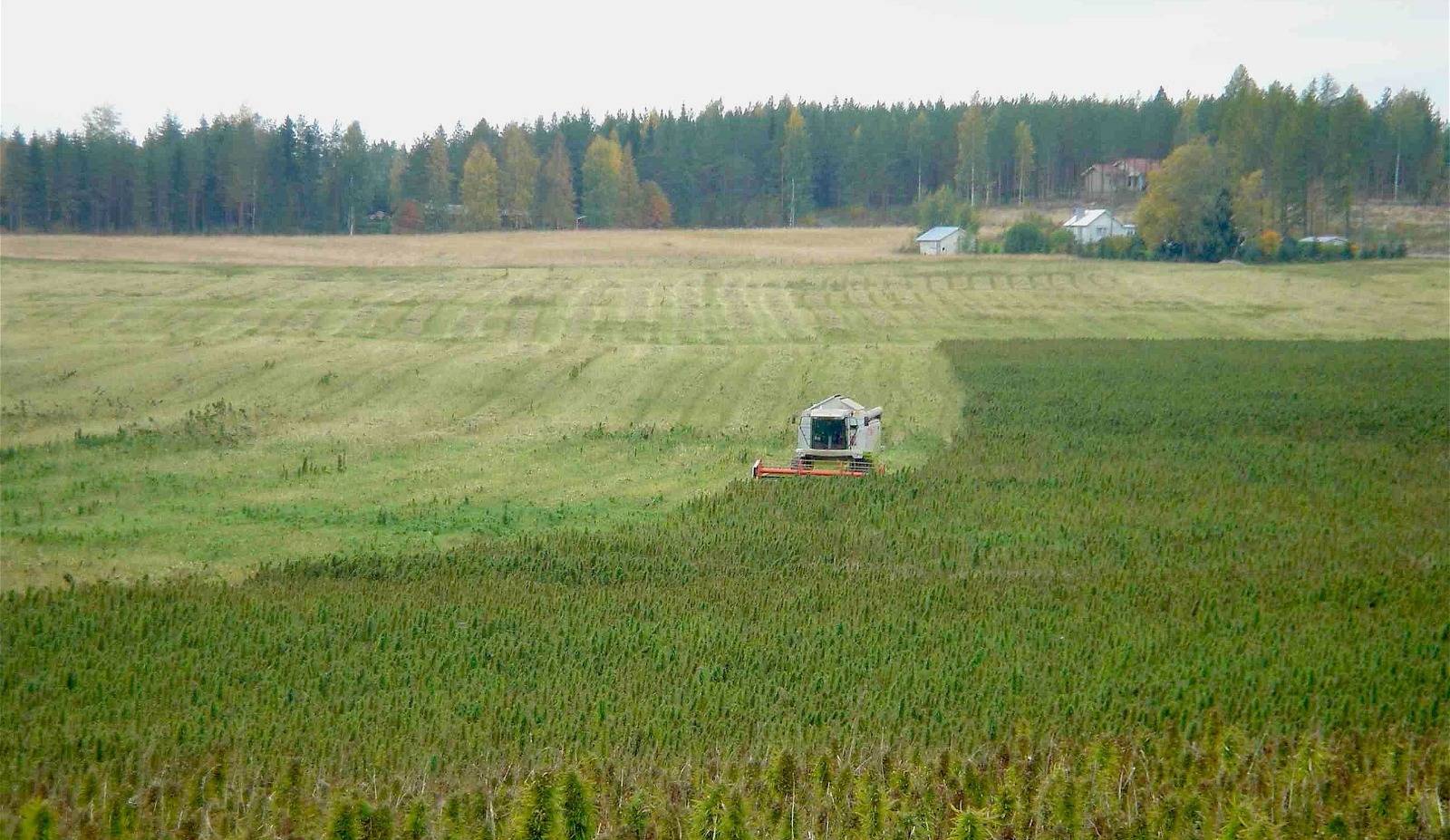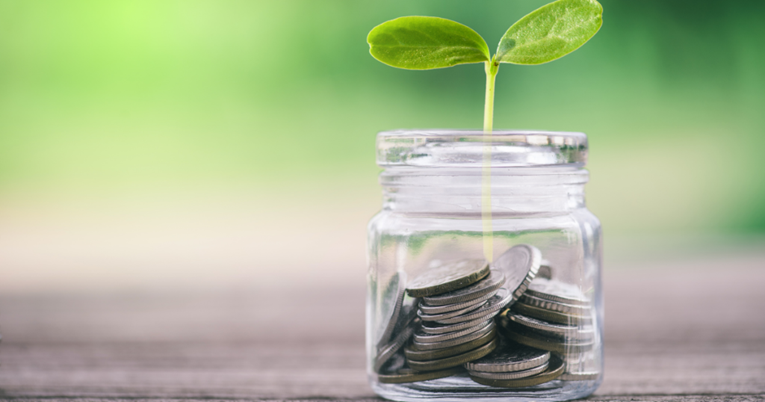Hemp production has a long history in Finland, in the 14th century its cultivation was established by Russia, however there is evidence that the production of hemp goes back to 800AD. It reached its height in the 18th century when it was used for fibre production, where the many lakes in Finland was a useful source of water for the retting process needed to produce the high-quality fibres. The cultivation continued until the 1950s where synthetic fibres became predominantly used. The hemp industry is experiencing a bounce back, between the years of 2015 to 2019 the area of land used for hemp cultivation in the EU experienced an increase of 75% from 19,970 to 34,960 hectares, and one of the strains of Hemp is a Finnish variety, Finola.
Finola is an EU approved stain of hemp, meaning that it contains less than 0.2% THC, the chemical that is more prominent in cannabis. Unlike previous strains of hemp that have been grown in Finland, Finola is not grown for fibre production, the fibres produced by Finola are more comparable to flax fibre than traditional hemp fibre. Finola is an oil producing hemp variety, which is rich in fatty acids and amino acids. Finola is not the only option available for farmers to grow, it is only one of 75 different hemp varieties registered in the EU catalogue. The range of environmentally friendly products that different varieties of hemp are wide, including textile fibres, construction, paper, and biofuels. Commercially growing hemp has been a success, in Germany in 2020 prices of harvested hemp ranged from 135 euros per hectare for seed only harvest up to 300 euros per hectare for hemp that was harvested for both fibre and seed.
Commercially isn’t the only reason why you should be growing hemp, it has a range of benefits that improve the land it is farmed upon, but also help larger environmental issues. If used in crop rotation it helps the soil that the hemp is farmed on due to the dense leaves help prevent soil erosion by forming a natural soil cover in just three weeks after it germinates. Its sturdy nature helps break the cycle of diseases that can be found in common crops, it also has a low to no need for pesticides and herbicides due to its lack of natural predators and fast growth and shading capacity. Hemp has a deep root system which is capable of remediating soils which have been contaminated with heavy metals.
Its larger scale environmental benefits are its carbon storage benefits, one hectare of hemp sequesters between 9 to 15 tonnes of CO2, this is comparable to the CO2 sequestration of a young forest, but the growth time for hemp is much quicker, taking just five months to grow. Due to it being a late pollinator it also helps increase biodiversity, flowering between July and September when pollen production dips in other crops, while hemp produces large amounts of pollen.
As a crop hemp has many benefits ranging from the wide variety and environmental benefits of products it can be used for, to the benefits it could have to the farmland it is grown on and beyond.





